Random Wire 151: Hamspot 5 for the win, DVMEGA Cast observations, ASL3 is a no go with MX Linux, and my corduroy landscape.
October 3, 2025: Lots of short stack content, the Hamspot 5 is featured, additional DVMEGA Cast observations, ASL3 won't work with MX Linux, and I talk about the glaciated landscape I live in.
Welcome
Welcome to the Random Wire newsletter. I thought I’d occasionally write about the amateur radio and technology mistakes I was making so others might not have to make the same mistakes, so it surprises me that this is already issue #151. The number of subscribers continues to grow, with the Random Wire reaching 1,830 people. I’m amazed that other radio amateurs want to read about what I’m doing. I will say that I’m a strong proponent of digital/internet radio (that phrase sounds like an oxymoron, doesn’t it!), but that doesn’t mean I don’t like traditional RF-based radio. I like all radio.
I spent some time this week cleaning up my digital/internet radio corner. Translation: it was a mess. While it is still a bit unruly, it is starting to look a little better. Please excuse the wires which still look messy. Believe it or not, this is a vast improvement over the intertwined mass of spaghetti it used to resemble. I know my son [an IT professional] will have some feedback for me, something along the lines of tsk, tsk, Dad, you need better cable management!
Also, I usually don’t have all of those devices on at the same time. I tend to keep one or two systems live all the time and only energize the other ones for specific nets or modes.
You may notice my new DVMEGA Cast radio is not in the assortment on the shelves. That is because it is on my mobile work stand, where I am typing this issue of the Random Wire. I switch the DVMC between my local System Fusion repeater (W7NEE) and the Kansas City Wide network during the day while I’m working.
And now you see how some of the Random Wire sausage is made.
If you like what you read, please share the Random Wire newsletter with your amateur radio friends.
Short Stack
You might wonder where I find some tidbits for this Short Stack section. I have a heavily curated list of blogs with RSS (Really Simple Syndication) feeds that I check weekly. Some of the most popular sites are not included because they don’t have RSS feeds. I do realize that RSS is old tech but it is still so useful that all serious website owners really ought to make it available to users.
There are arguments against RSS, but some of those arguments revolve around trying to maintain control of proprietary or monetized content. Some sites build content dynamically, an environment that isn’t always friendly to RSS. Some CMS systems (looking at you Joomla, Drupal, and Magento) don’t have RSS enabled by default.
So that’s another peek into how the sausage is made for the Random Wire newsletter.
I like small radios
I should probably say I like all radios as that would be more accurate. The Choyong A8W Internet Radio looks interesting. Find it at Radioddity. John’s Tech Blog has a review. This little receiver is smaller than it looks on the Radioddity site.
SDR Receiver for IOS version 1.3.3 has been released
Mac users may find this of interest. “SDR Receiver demodulates and plays AM and FM signals received by an RTL-SDR, Airspy HF+ or SDRplay radio.”
Carlson Drive-On Mast Mount Car Stands
I have a cheap drive-on mast stand that actually flexes with a telescoping fiberglass mast inserted and raised. It isn’t quite what I expected. Accordingly, I read with great interest a review of Carlson drive-on mast mount car stands. The standard version available from DX Engineering is only $119. The heavy duty version is substantially more. The standard model would be a step up for me.
CLEFHW antenna: ready for action
John VA3KOT presents his “coil-loaded end-fed halfwave” antenna that he has dubbed the CLEFHW. It’s an interesting idea that appears to work. You sacrifice efficiency for portability, but sometimes, portability is king.
The Magitenna looks interesting
It’s a 6-80M wire antenna that is only 7.6-meters long. Your radio’s internal automatic tuner should work for 6M to 40M. An external tuner is needed for 60M and 80M. Looks to be a balun at the feed point (49:1?). Your coax serves as the counterpoise. Learn more at M0CVO Antennas and search the web to find places you can order it from (or find it on eBay). It looks interesting enough that I ordered one from the eBay seller.
W4BD 4020 Fan Vertical Antenna
Details are on Marcus W4BD’s QRZ page. “The W4BD 4020 fan vertical antenna is made out of modified 450 Ohm window line. This antenna is about 35’4” in length with one side snipped near the 16’ mark for the 20m element.” His QRZ page has a diagram that illustrates this antenna. “4020 Fan Vertical” is a lofty sounding name for two vertical wires (one for 40 meters, one for 20), separated by some plastic in a configuration we know as ladder line, but there you have it. I wouldn’t mind trying this. Sometimes simple is best.
Amateur Radio Notes is both dead and alive
From the site: “As of Jan 1, 2025: This site is no longer being actively maintained.”
Heard on a net (thank you Bud W0RMT): “His amateur radio notes site was the absolute best resource on hotspots for many, many years. His site was so good that it was actually used by one hotspot manufacturer as their user manual and support site.“ A lot of information there is still relevant and worth preserving. Topics include:
Playing with Pi-Star
Diving Into D-Star
Discovering DMR
Here’s the link to the site: https://amateurradionotes.com/
And here’s the link to core content that remains available as a series of PDFs: https://amateurradionotes.com/standalone.htm
Amazon is on my coal-in-the-stocking list
I’ve had a series of misadventures with Amazon deliveries over the past month. The delivery agent’s notes usually said “delivered near the customer’s door” or something like that. Where the packages have actually been is at the garage main door, or the garage back door, or at the eastern neighbor’s door, or at the western neighbor’s gate, or at the house marker up at the main road, or laying in the middle of our gravel driveway in the rain. And then there are the many “it will be there tomorrow” or “delivery expected in two days” projections that often turned into a week or longer. I’m not a happy camper.
Topping it off were two expensive items that were delivered somewhere, just not to my address. I spent a couple of hours with Amazon customer support and made it through three levels of escalation before I gave up. It became clear to me that Amazon’s idea of solving the customer’s problem was to refund the purchase price. That didn’t solve the problem of not getting the expensive item which was the last one available and was now out of stock. So at least for now, I’m quite disgruntled with Amazon deliveries. FedEx figures into this because while all the other delivery services seem to be able to find us, FedEx has had a very poor track record of successfully delivering to our address.
I know this is a first world problem and I do feel like I’m whining a bit. In the future, I will try to include some non-Amazon sources of products I use and review.
Repeaterisms
I particularly liked (translation: I laughed) repeaterism #16. Find it at https://www.repeater-builder.com/repeaterisms/repeaterisms.html
How Morse Code is Being Used by Major Brands
Three manufacturers that have used Morse code to convey their branding to the masses are identified in Amateur Radio and Morse Code Outside of the Shack: How Morse Code is Being Used by Major Brands. This comes to us by way of Amateur Radio Weekly issue 399. As usual Amateur Radio Weekly is loaded with interesting things about amateur radio. If you don’t subscribe, you should. Sign up here.
This reminds me that I want to try learning Morse Code…again. I’ve tried several times in my lifetime and it just hasn’t sunk in. But I’m not willing to give up on it quite yet. I just ordered a Cootie key kit so I can give this another — but different — try.
IRLP is dead, right? Well, no, it’s not.
One of my favorite repeaters in Portland, Oregon is the W7RAT IRLP repeater. What is IRLP, you ask? The Internet Relay Linking Project was created in 1997 and is still kicking around. Yes, it’s been a minute since 1997 and many other systems have emerged since then, but IRLP still has many nodes on the air around the world.
IRLP may be a little old school in the internet-connected radio world, but it still works. IRLP is older technology, but so is CW. Just because something has been around for a while doesn’t mean it has no value, utility, or integrity.
What’s the philosophy behind IRLP?
The aim of this project is to reliably and inexpensively link amateur radio systems without the use of RF links, leased lines, or satellites.
IRLP repeaters have been overtaken by D-STAR, DMR, and Yaesu System Fusion systems, but IRLP systems are still out there. One advantage to end users is you don’t need a special radio to use IRLP. “Normal” VHF/UHF handheld and mobile amateur radios work just fine with IRLP. Enjoy your local IRLP repeater while you can.
I chuckle at myself a little bit for saying that. I like new systems, new radios, new software. But I also like older systems and radios. Truth be told, I like all things about radio. Old or new, it’s still radio.
Looking for a catchy domain name?
I have too many domains so I’m passing on this, but it feels almost too good to be true: the domain alwaysradio.com (and it’s common variants ending in .org, .net, .us, etc.) is available. A quick trademark search shows it to be abandoned. I took a look at it on the Wayback Machine and saw that archived content stopped after July 2024. I did not search for a copyright and I note that the reverse name (radioalways.com) is taken. Seems like alwaysradio.com might be a good play if you’re into reselling domain names.
FEATURED: The Hamspot 5 hotspot has arrived
TL;DR: A digital voice hotspot built around a Raspberry Pi 5, ready for you to configure, for only $150, is an incredible value. If you are looking for a digital hotspot, this is a great deal on a highly capable device. I like it a lot.
The Hamspot 5 shipped the very next day after I placed my order, and that alone seems pretty rare to me. The Hamspot 4 was reviewed favorably a year ago by Jason KC5HWB of Ham Radio 2.0 fame and he noted the incredible price point of the Hamspot 4. The Hamspot 4 was built on a Raspberry Pi 4 in a 3D-printed case and sold for $150. The Hamspot 5, made with a Raspberry Pi 5 in an upgraded case, sells for…wait for it…$150. I don’t know how Collin K0NNK is able to do that but it’s a great thing.
I have to say that this is an amazing deal. A Raspberry Pi 5 hotspot, already built, and easily configured, all for $150. Wow.
I added the HAMSPOT label shown below.
I also added vinyl feet to improve airflow through the bottom of the case (shown below).
The case is compact and about the size of a deck of cards, but thicker, about a deck-and-a-half thick.
Collin K0NNK provides step-by-step instructions on how to configure the hotspot. I am particularly appreciative that I did not need to put on my magnifying headband to read the instructions! Collin even changed the color scheme in WPSD for the hotspot, making it more obvious that I’m looking at the dashboard for the Hamspot. All in all, this hotspot package feels like a customized experience.
This is all you need in a hotspot, without extra frills. WPSD is already installed and ready to configure. The display provides pertinent information without any fanfare. The case is well ventilated and easy to place on a desk or shelf. (You’ll need to supply a USB-C power source and an Ethernet cable.) The cost is about what I spent to build my own hotspot with a Raspberry Pi 3b+, but in this case, you get an RPi 5.
I’m using my Yaesu FT5D handheld radio with it. What worked well for me was programming split frequencies and saving them to a single memory. Says Yaesu in the advanced manual: “Two different frequencies, one for receive and another for transmit, may be registered to a memory channel.”
The manual said to program in the RX frequency first and save that to memory, then add the TX frequency. That didn’t work for me because the RX frequency of the hotspot is what I need to transmit to with the handheld radio.
Think of it this way: the RX frequency of the hotspot is what you TX to with your handheld. The TX frequency of the hotspot is what you receive on your handheld.
I had to save the TX frequency first, then add the RX frequency. That worked because (as Collin points out in the instructions), the hotspot acts like a repeater:
For example, if your hotspot TX is 446.5 and RX is 441.5 then set your radio to TX 441.5 and RX 446.5, this is because the hotspot is duplex and works like a repeater.
And just like that, it worked great. I do like this hotspot a lot.
DVMEGA Cast observations
BT-85 on DVMEGA Cast
The BT-85 Bluetooth microphone is an easy way to use your DVMEGA Cast device from across the room or from another room. Pairing couldn’t be easier: replace the Yaesu microphone with the BT-85’s receiver unit, charge the BT-85 microphone, and turn on the BT-85 mic.
My voice sounds different with the BT-85. It has a peculiar rasp to it that I don’t usually hear. But the audio is still clear and understandable.
After playing with the BT-85 for a week, I think it has some utility but mainly when I’m working across the room on a project during a net. I’ll be keeping my Yaesu MH-48 microphone attached most of the time.
microSD card corrupted…again
I used the PWR command on the DVMC’s Nextion screen to turn the power off and the microSD card corrupted. This isn’t the first time. As I think about this, I think every time I’ve used the on-screen PWR button, I’ve ended up with a microSD problem. Apparently, it does not initiate a graceful shutdown of the system. I thought it would spark a graceful termination but no. Google’s AI response to my query was: The “PWR” button on the DVMEGA Cast should only be used as a last resort, as it is a hard power-off. This is equivalent to unplugging the power and could cause file system corruption.
UPDATE AFTER PUBLICATION: Nope, I was wrong. The PWR button on the screen only turns the screen off, not the system. The system remains up and running, and available through the WPSD software interface. Thank you to Steve K3FZT for this correction!
Well, good to know. I’m sure it’s in the user manual but I missed that particular point. Fortunately, I had my configuration backed up and a spare card ready to go, but still, this is a bit frustrating. The takeaway from this is to always use the WPSD Dashboard system to shut down the device before unplugging the power. Why the PWR button on the screen isn’t programmed to gracefully shut down the device, I just don’t know.
UPS for the DVMEGA Cast?
As I continued to chew on how to provide uninterruptible power to the DVMEGA Cast (or as I abbreviate it, the DVMC), a subscriber (Bob) reached out with his solution: a battery bank capable of delivering varying voltages through PD (Power Delivery) and a USB-C to barrel plug adapter. Bob’s advice: “The USB-C to barrel adapter also tricks the power bank into using 12V. Just make sure you measure the voltage before using it for the first time with each power bank.” Thank you, Bob!
Battery bank
The small battery bank by INIU (affiliate link) is compact. The battery level indicator is shaped like a paw, a cute innovation that makes this device just a little more enjoyable to use. It is easily visible, far more than the small dots I see on many other power banks. I like it.
A nice feature that I’ve not seen on other small power banks is a flashlight. One press of the side button gives you the charge status of the power bank. Two presses causes an LED to illuminate. I can’t count how many times I’ve tried to connect a cable to a power bank in the dark, so I really appreciate this feature.
Bob’s system
Here is what Bob’s inexpensive system probably looks like (my interpretation).
I offer a few caveats about this setup, based on my trials. What happened to me may not happen to you, so it’s worth testing various scenarios yourself.
First, make sure you select the correct USB-C in/out port on your power bank. The middle port of my INIU battery only put out 5VDC when I used the USB-C to barrel adapter. The USB-C port toward the edge put out 12.2VDC measured.
Second, hook everything up — including the unit you’ll use to charge the INIU battery while it is connected to the DVMEGA Cast — before plugging the barrel connector into the DVMC power port. I didn’t do that and sure enough, I corrupted the microSD card again. The INIU power bank is not a pass-through bank, or at least it doesn’t handle connections without momentarily switching the ports off. That causes the DVMEGA Cast to shut down abruptly, i.e., not cleanly. It is that hard power off (even if for a split second) that tends to corrupt microSD cards, in my experience. Getting to the card in the DVMC isn’t as easy as on most of our Raspberry Pi devices so it’s worth avoiding this outcome.
This is not to say this isn’t a good way to power the DVMC. Place a 20,000mAh power bank on or under the device and at 0.8A draw, that battery could last up to 25 hours (calculated). The INIU 10,000mAh battery would last about half that long. Just be sure to power down your DVMC through the WPSD Dashboard before the battery runs out of juice.
A nice aspect of these power banks is they tend to be very quiet, unlike some “wall wart” power supplies. Quiet power is good power. Also, if you intend to frequently move your DVMC from place to place, powering it with a battery makes it easily portable and it remains usable while you are carrying it around.
I appreciate learning of the INIU power banks (cute and compact!) and the very useful USB-C to barrel adapters. I think the adapters are going to come in handy with a few of my Dell Wyse 3040 devices!
I’m using a small UPS
I’m trying another way of providing uninterruptible power to the DVMC by using a small-ish adapter that plugs into the house mains. While it’s not nearly as small as Bob’s system, it is still relatively compact.
Running on 120VAC, this device has an internal battery (6,000 mAh capacity) and purports to provide uninterruptible power to a small device requiring 12VDC at up to 2 amps (affiliate link). While it is plugged into the wall, a red LED glows in the upper left corner, visible from the side of the unit but not from the front. At $16.29, it is an inexpensive way to try to protect my DVMEGA Cast. I like this enough that I ordered a second one for another device that also wants 12VDC 2A power.
The case is plastic, and since it is designed to be used outside, I am guessing it will be a pretty sturdy device. The only modification I made was to extend the length of the line terminating with a barrel connector with an adapter. I found a short 5.5mm x 2.5mm DC Power Extension Cable but there are many choices, from several inches long to several feet long. So far, this is working nicely. I’ve unplugged the unit from the wall outlet and then plugged it back in, with no interruption of power to the DVMC observed.
Here’s what it looks like:
That’s not as sleek and unobtrusive as Bob’s solution, but I love that this UPS doesn’t restart the DVMC when the 120VAC mains drop out.
Bluetooth with the DVMEGA Cast
I added the BT-85 Bluetooth microphone to the DVMEGA Cast, allowing me to transmit from anywhere inside my QTH. I’ve tested this over the YSF00001 PARROT and it works okay, although my voice sounds different than when I use a real Yaesu MH-48 DTMF microphone.
To this package I am adding a Bluetooth transmitter, plugged into the audio out port on the back of the DVMC. With a Bluetooth speaker clipped to my shirt, I should be able to hear calls and QSOs from anywhere in the QTH.
TIL: Today I Learned
I kept seeing my local reflector YSF30300 also listed as US-URF303 in the WPSD Dashboard.
Being unfamiliar with what URF stood for, I searched. Today I learned (AI quote follows):
The Universal Reflector (UR) Framework is a multi-protocol digital voice reflector server for amateur radio that allows users on different systems to communicate with one another. It is an evolution of earlier reflector technologies, such as those used for D-STAR and System Fusion, which typically use separate, incompatible networks. The framework is open-source and allows for linking various digital voice modes.
So the URF clearly promotes interoperability. That’s going to upset folks who are fans of one protocol over another, I suppose. In the long run, though, this is a very good thing. Amateur radio is about communicating, and if barriers can be lowered in such a way that communication is easier, that serves the hobby well.
To me, the URF moves us along the evolutionary pathway where the computer becomes the radio. We already see this in remote controlled radios, software-defined radios, and the new LinHT handheld radio under active development.
I’m not understanding DG-ID on the DVMC
I know how DG-ID settings work in a System Fusion radio. I use a specific DG-ID setting with my Yaesu FT5D and my hotspot to reach the W7NEE repeater in Mason County, Washington. But when I use that same DG-ID number on the DVMEGA Cast radio, I don’t hear the same traffic.
Using a DG-ID is a way to filter other traffic out, much like a CTCSS code in an analog radio would. A DG-ID of 00 means no filtering. Setting a DG-ID means you are filtering, or as I like to think of it, you are steering your radio to a particular talk group or reflector.
I’m just not understanding why the DG-ID system seems to work differently on the DVMC, compared to how it works with my WIRES-X system in Portland and my hotspot+HT here at the Lake House.
Anybody else have some experience with how DG-ID works with the DVMEGA Cast? I am intensely interested in understanding this.
Favicon changes in WPSD
Something I had not noticed before with the WPSD hotspot software is that the “favicon” (what is a favicon?) in my browser changes when someone is transmitting. This is a great feature that surprises me with its usefulness and with how hidden it was. I’m sure it is in the WPSD documentation but just as obviously, I skipped right past it. Now that I know about it, I can simply keep an eye on the browser tab while I’m at the computer to see if there is activity on the reflector my hotspot is set to.
ASL3 on MX Linux is a go? no go?
TL;DR — MX Linux is a no go for AllStarLink 3. The default for MX Linux is to use init instead of systemd for system management. ASL3 expects a systemd configuration. You can switch MX Linux to use systemd but when I did that, it still wouldn’t load ASL3. MX Linux provides a fast operating system that I rather like, but I’ll be exploring other Linux distributions with an eye toward testing ASL3 on them.
I am disappointed to report that installing AllStarLink 3 on MX Linux did not immediately work. Failure revolves around the fact that MX Linux uses init for system management but ASL3 wants a systemd configuration.
It is reportedly possible to replace init on MX Linux but that would be a non-trivial task. Says Abhishek Prakash at It’s Foss:
If you happen to be an MX Linux user and really want to change their init system from SysVinit to Systemd and vice versa, then this guide is for you. Although, you should not try something like this.
MX Linux has a 2017 entry in their wiki on this.
You can remove the sysVinit option entirely by installing systemd-sysv. That will replace /sbin/init with a symlink to systemd. Remove the package to revert to the stock behavior.
A more recent guide to booting with systemd is available at https://app.daily.dev/posts/change-between-sysvinit-and-systemd-in-mx-linux-19tdinnfw.
I tried the app.daily.dev approach and it broke the operating system…I thought. It turns out that all I needed to do was do a hard reboot of the system. After rebooting, I confirmed systemd was running by issuing this command in a terminal window:
ps -p 1 -o comm=If systemd is running, that command will return systemd. That’s exactly what I saw.
OK, so then it was time to try installing ASL3 on MX Linux again. It failed again, this time saying “asl3 has no installation candidate.”
I don’t understand what is going on. I did not get this error with MX Linux booting with the init system manager. But booting into systemd results in the no installation candidate error.
I’ve since reverted back to the init system (tested with the same command as shown above) and will leave it there for now. I’ve installed Virtual Box on the MX Linux machine so I can test other distributions in virtual machines.
I also took a look at Devuan (https://www.devuan.org/) which is a fork of Debian, but it is specifically anti-systemd:
Devuan GNU+Linux is a fork of Debian without systemd that allows users to reclaim control over their system by avoiding unnecessary entanglements and ensuring Init Freedom.
(Looks like I need to learn a little more about the philosophical differences between the systemd camp and the init camp!)
More Linux distributions (“distros”) are in my future as I fiddle with alternatives to Debian Linux.
Personal: I live in a corduroy landscape
My sister’s lake house (which we creatively label as the Lake House) lives in terrane that expresses its glacial past. A 2009 geologic map around the lake by the Washington State Department of Natural Resources shows the distinctive topography produced by Vashon glaciation between 19,000 and 16,000 years before present. The shape of the lake echoes that history, with the long axis of the lake aligned with the direction the ice sheets moved across the land, from the northeast to the southwest.
Lidar imaging across the area also shows the ice sheets rotated slightly. You can see that in the screenshot below. (The lake you see above is smaller in the screenshot below, and is positioned in the center of the below image.)
I suppose the curving glacial striations written on the landscape could be due to the Olympic Mountains northwest of the lake acting as a constraint on the ice sheets. I imagine the ice sheets flowing around the mountains, and as the sheets moved northeast to southwest, they encountered the mountains, causing the glaciers to drag around the range. While this is only a guess on my part (my geologic specialty was not glacial geology) it seems like a reasonable inference.
This topography is easy to get lost in if you are on foot. One moment, you’ll be walking through a tall forest, and the next, you’ve dropped into a wet swale or glade filled with dense brush and water-loving trees.
Deer hunting season starts October 11th in our area. Bear season has been open since August 1st. I think there is a cougar season underway, too. A lot of the evergreen salal leaf sprays used in floral arrangements come from the forests around here and that means there are a lot of folks out there harvesting every day. There are plenty of people in the woods right now. I see their vehicles parked in pull-offs every day.
This is not the safest time of the year to be working or exploring in my local woods.
Closing
It’s been another busy week at the Random Wire QTH. We’ve had a couple of medical appointments for my wife, plus some in-home therapy sessions. Getting her to and from medical and dental appointments takes some time: transport her to the vehicle with the lightweight wheelchair, load her into the vehicle, then fold up and load the wheelchair. Then when we get there, do those steps in reverse. If the doctor or dentist wants her out of the chair, that’s on me to do. At the end of the appointment, we do the loading dance again and unload when we get home. If you remember doing this with a baby and a stroller, it is similar but takes more time because my wife is an adult and can’t help, making it more difficult to perform all these dance moves safely and quickly.
With that I’ll close the channel and say 73 to all. Remember to touch a radio every day!




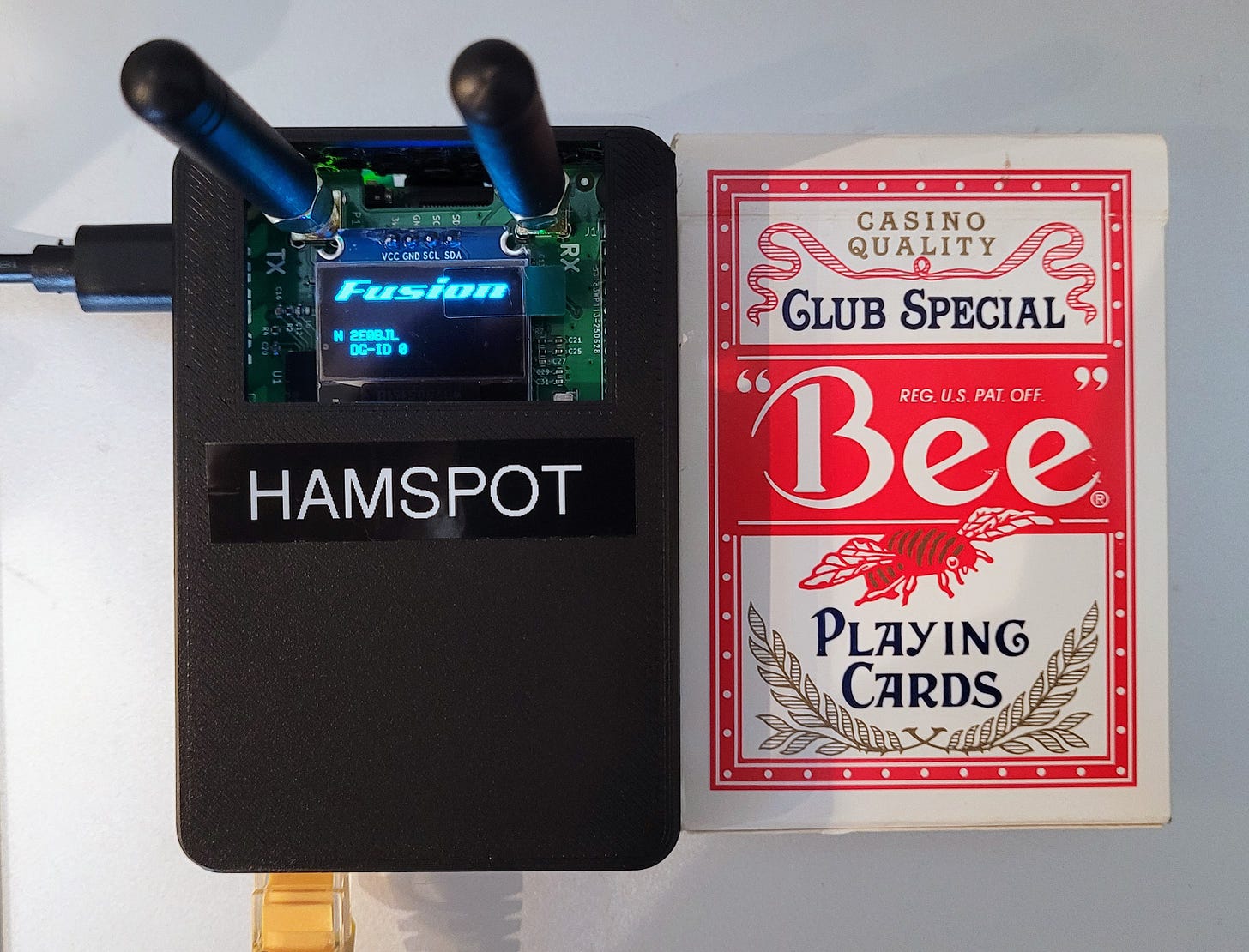
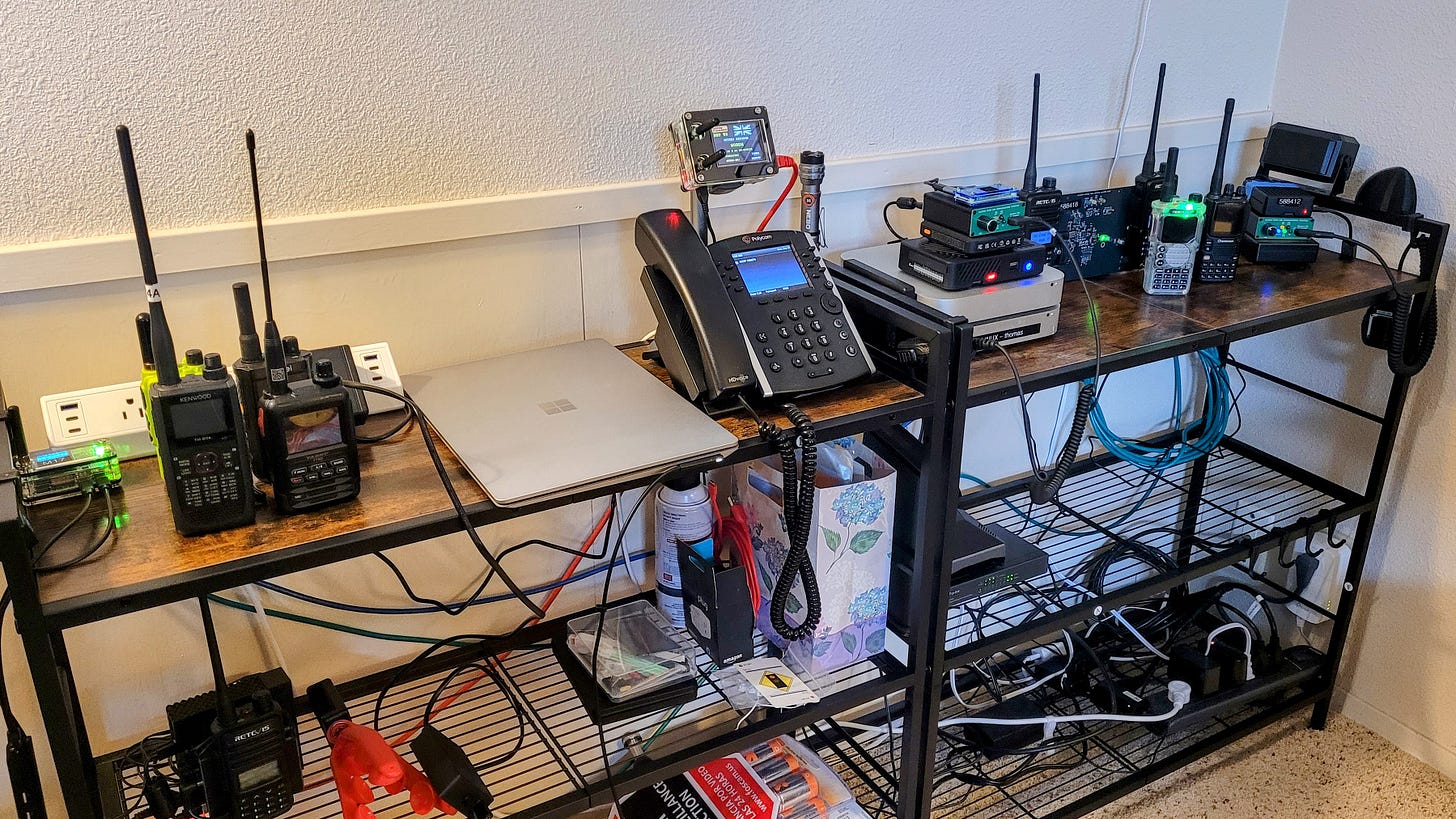

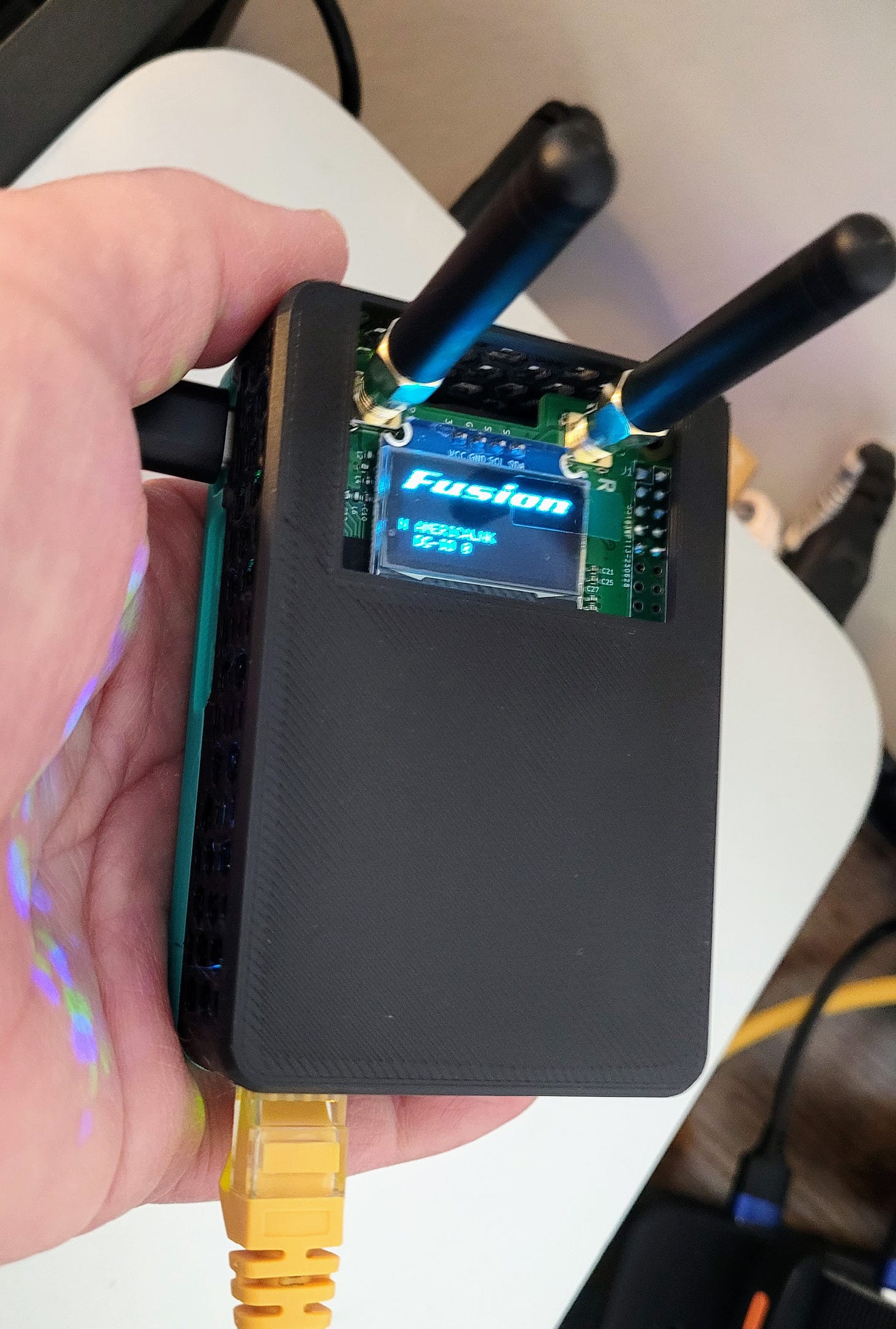
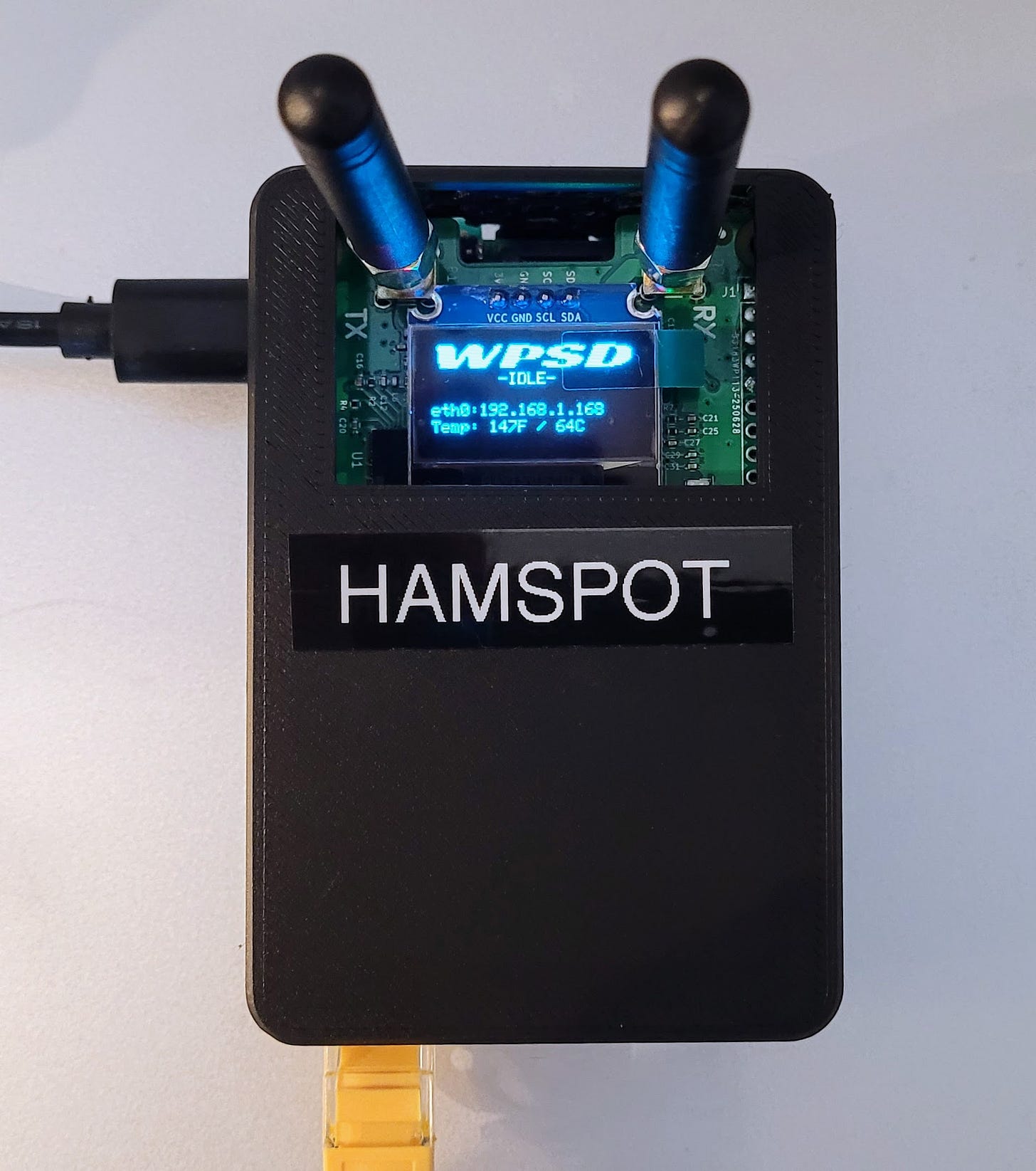
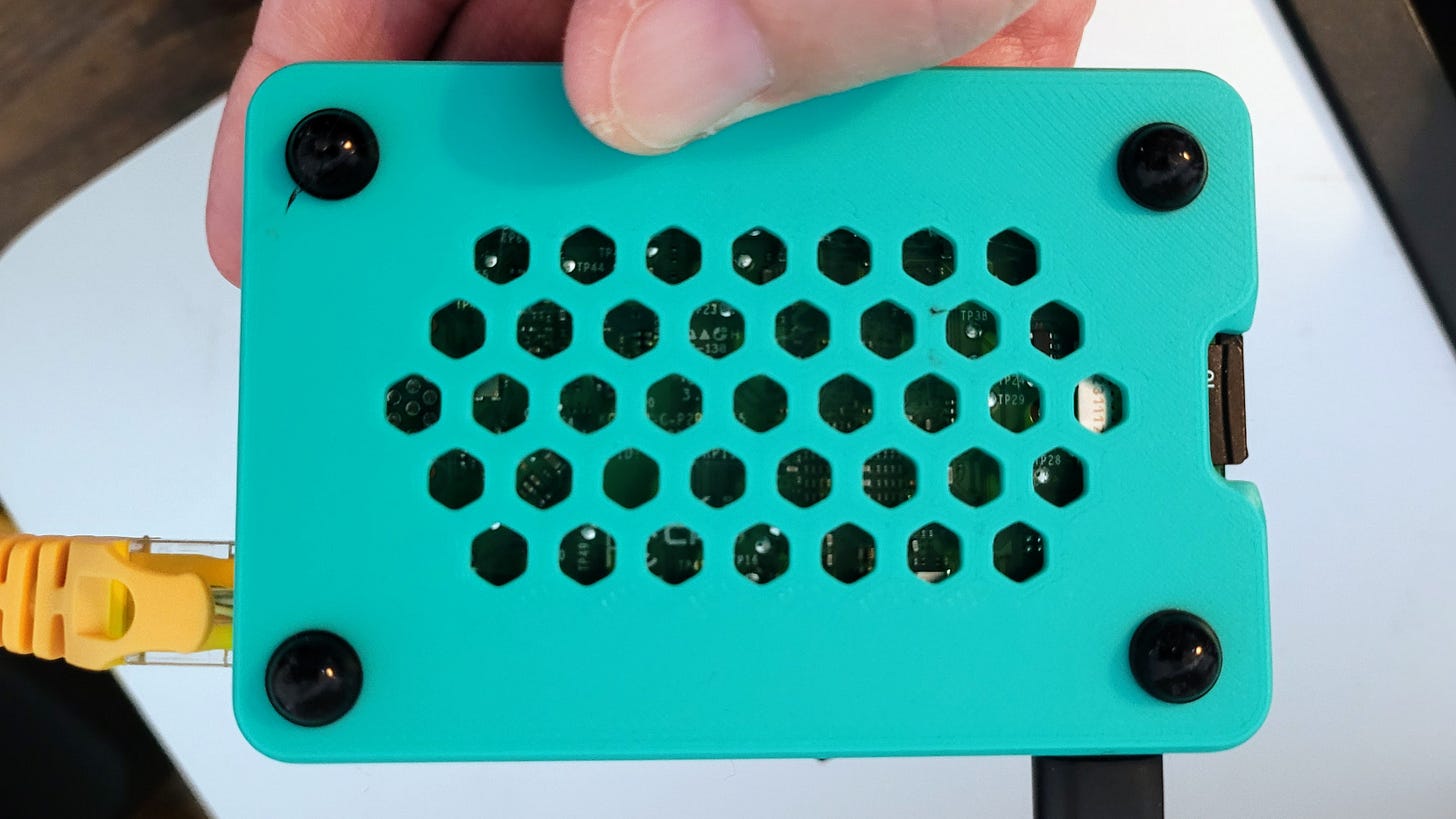
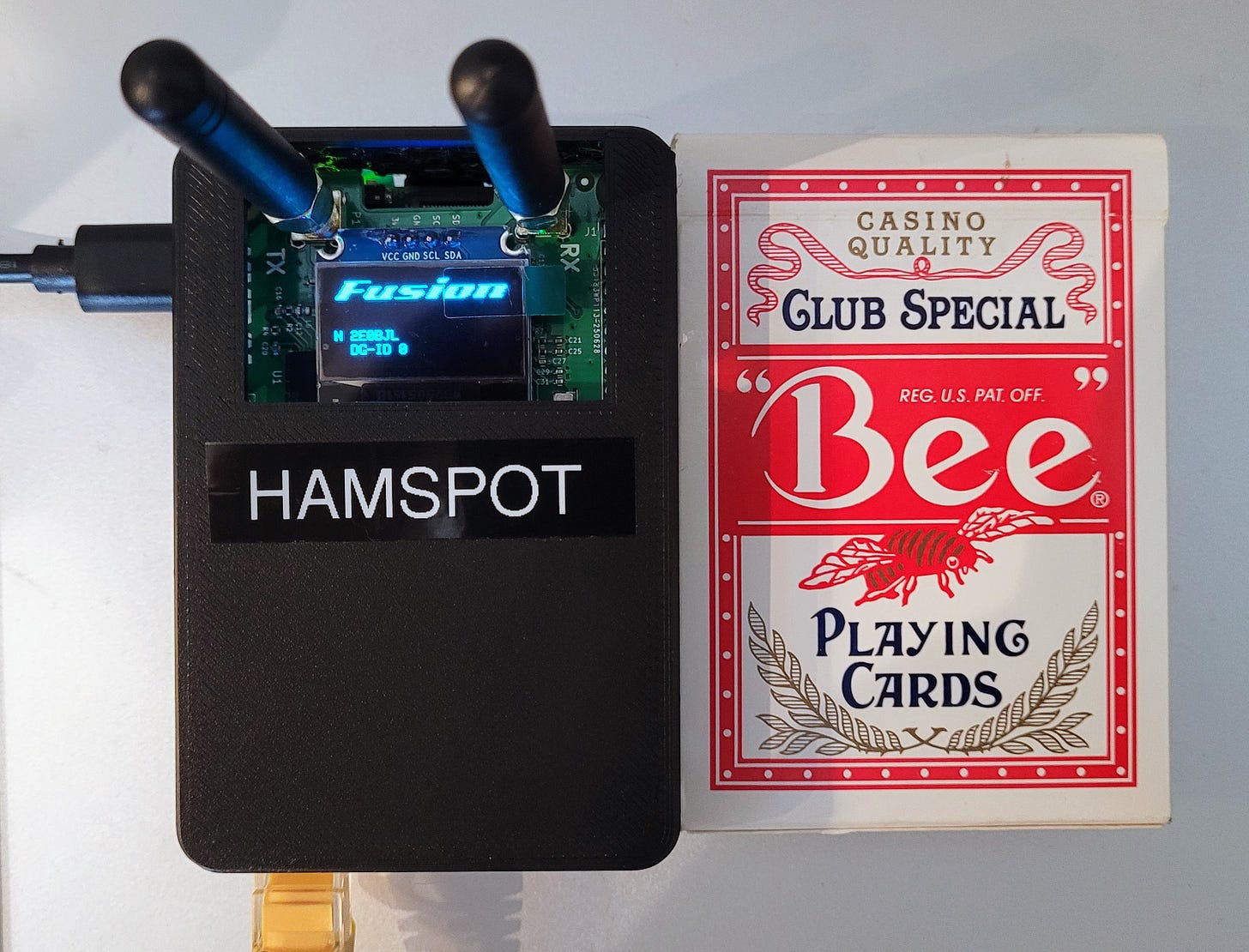
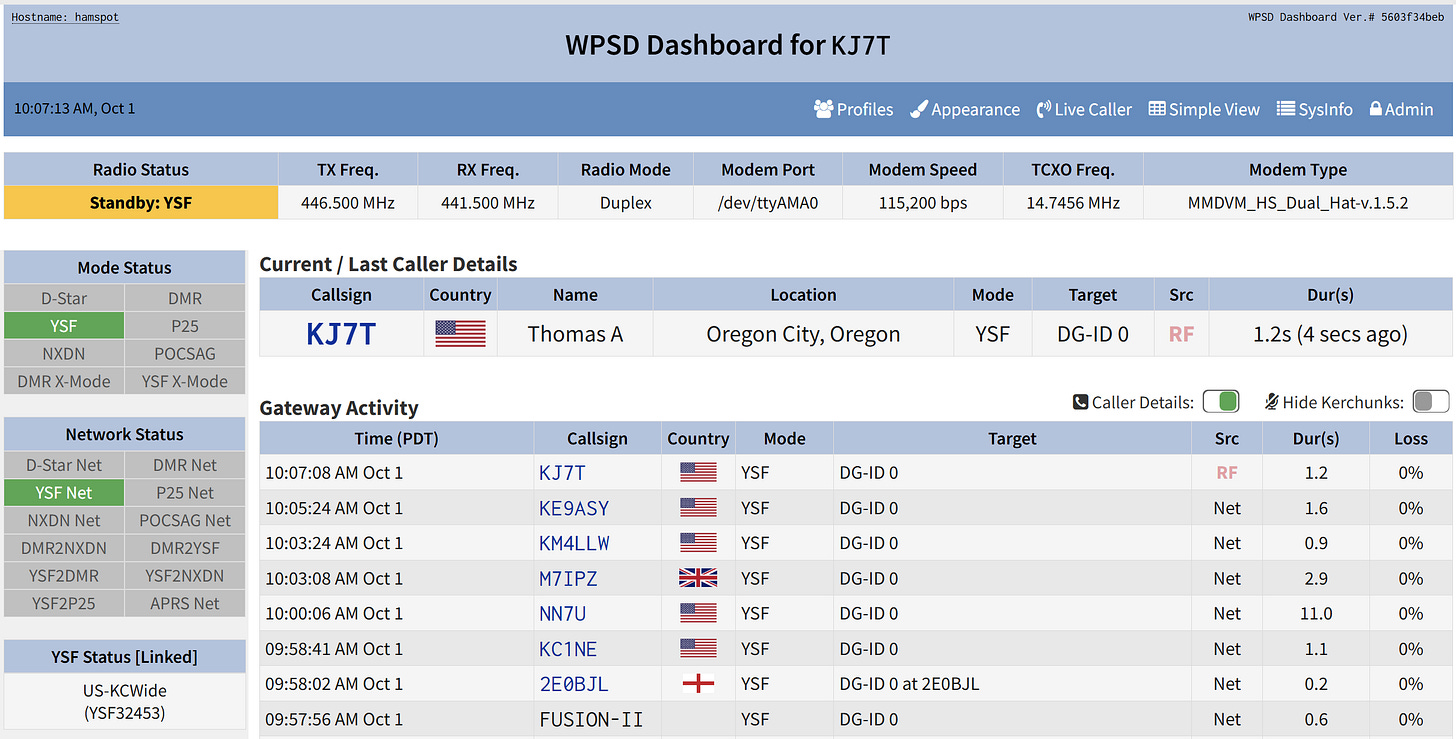
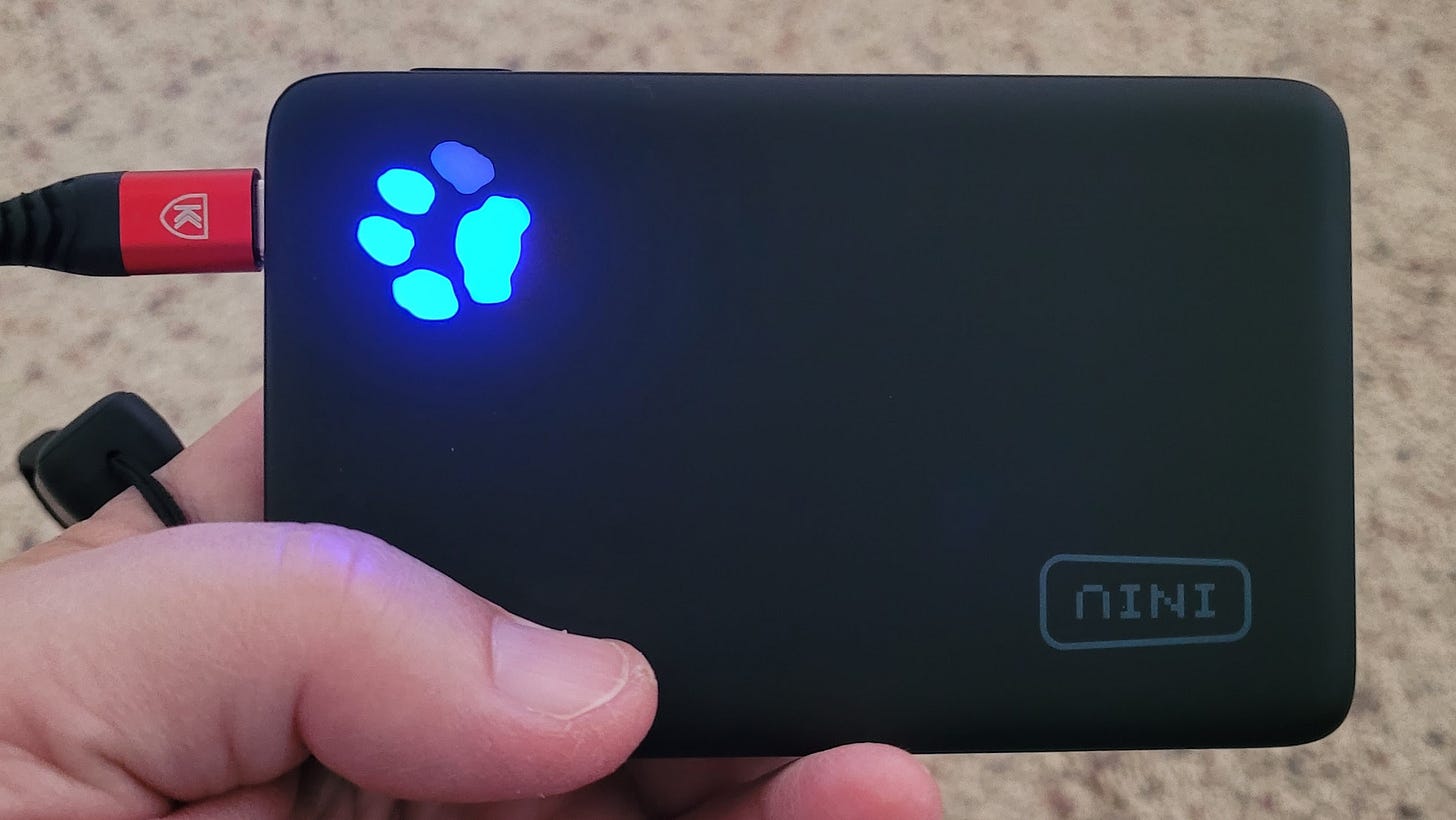
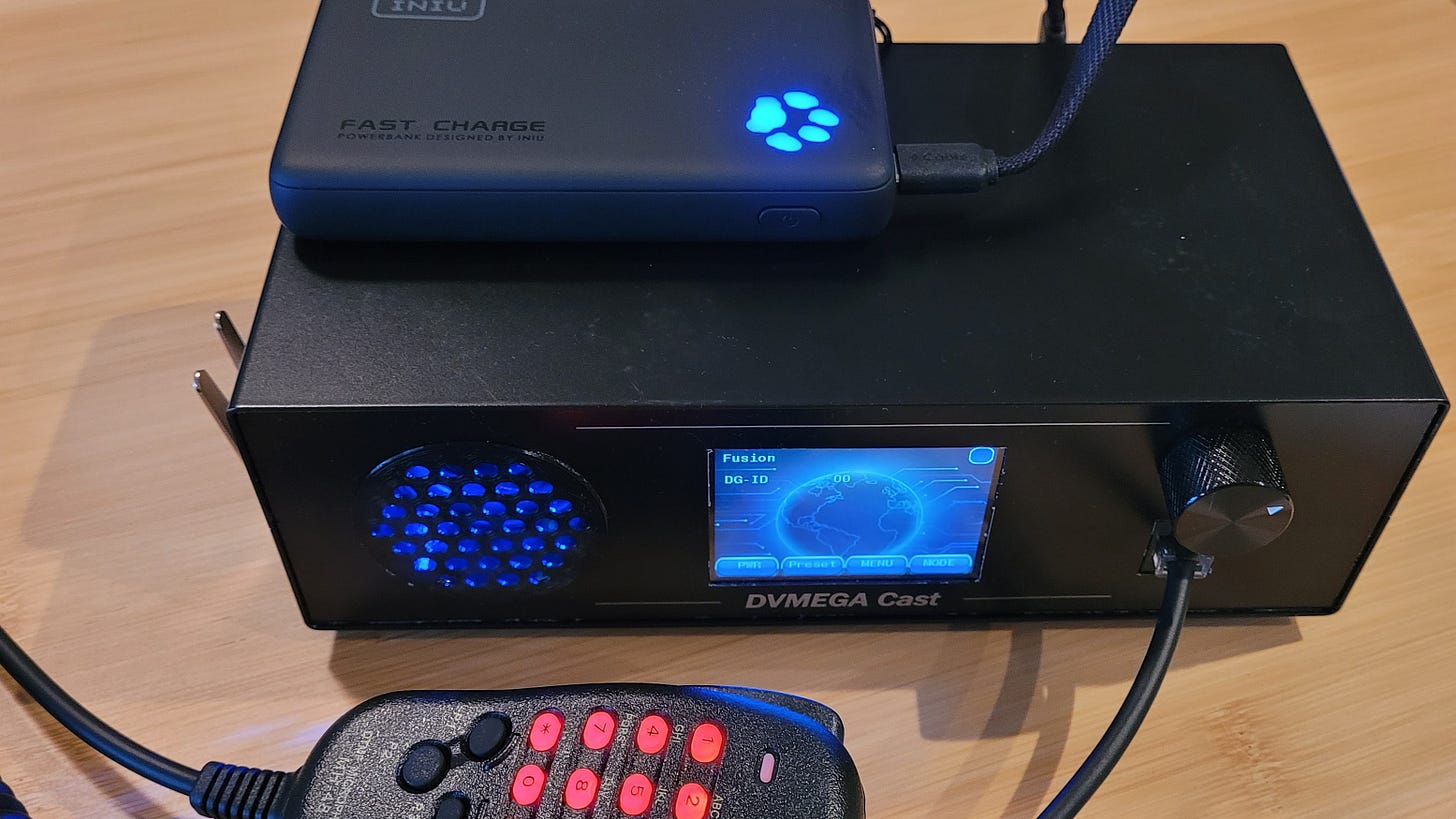
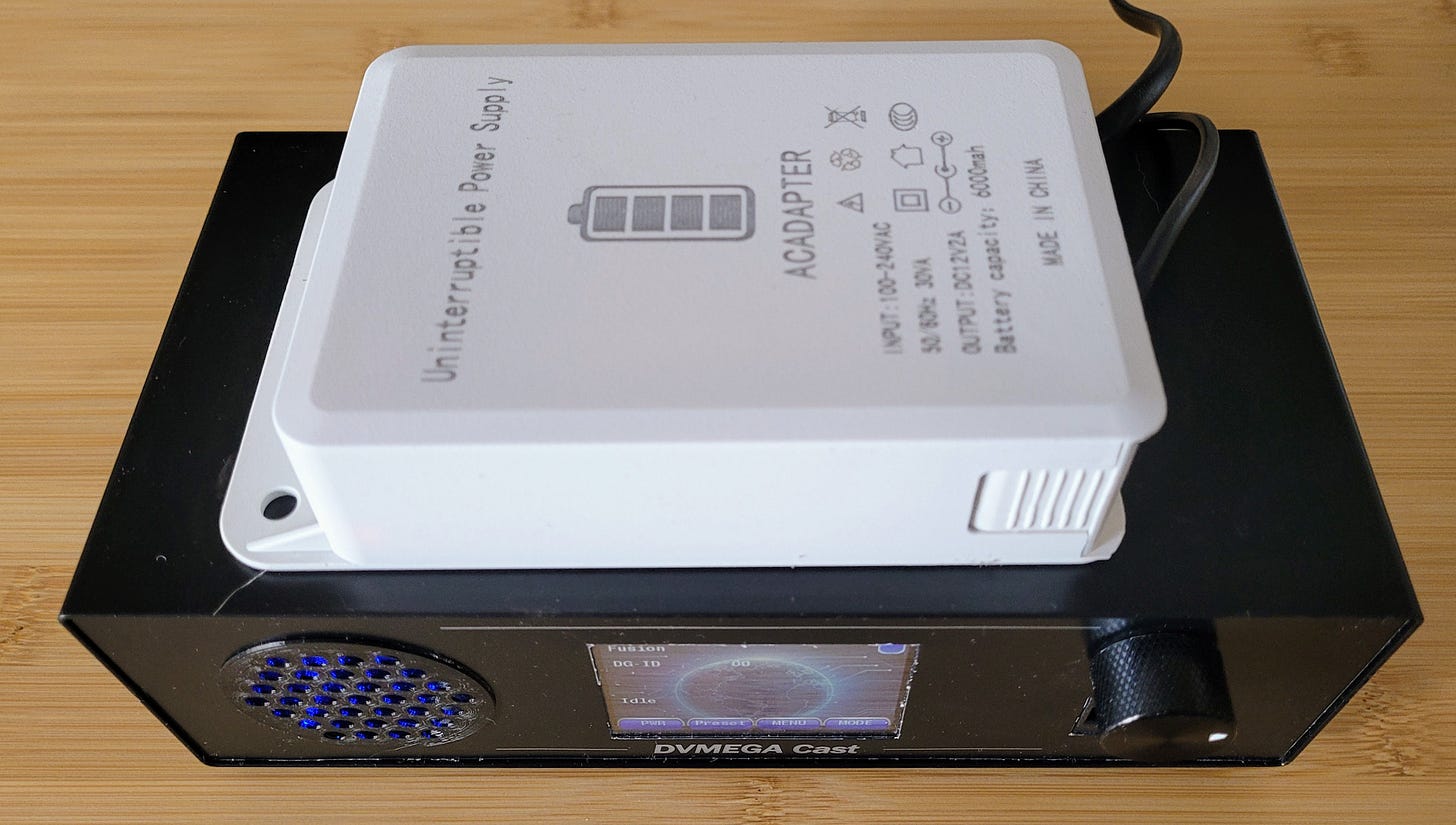
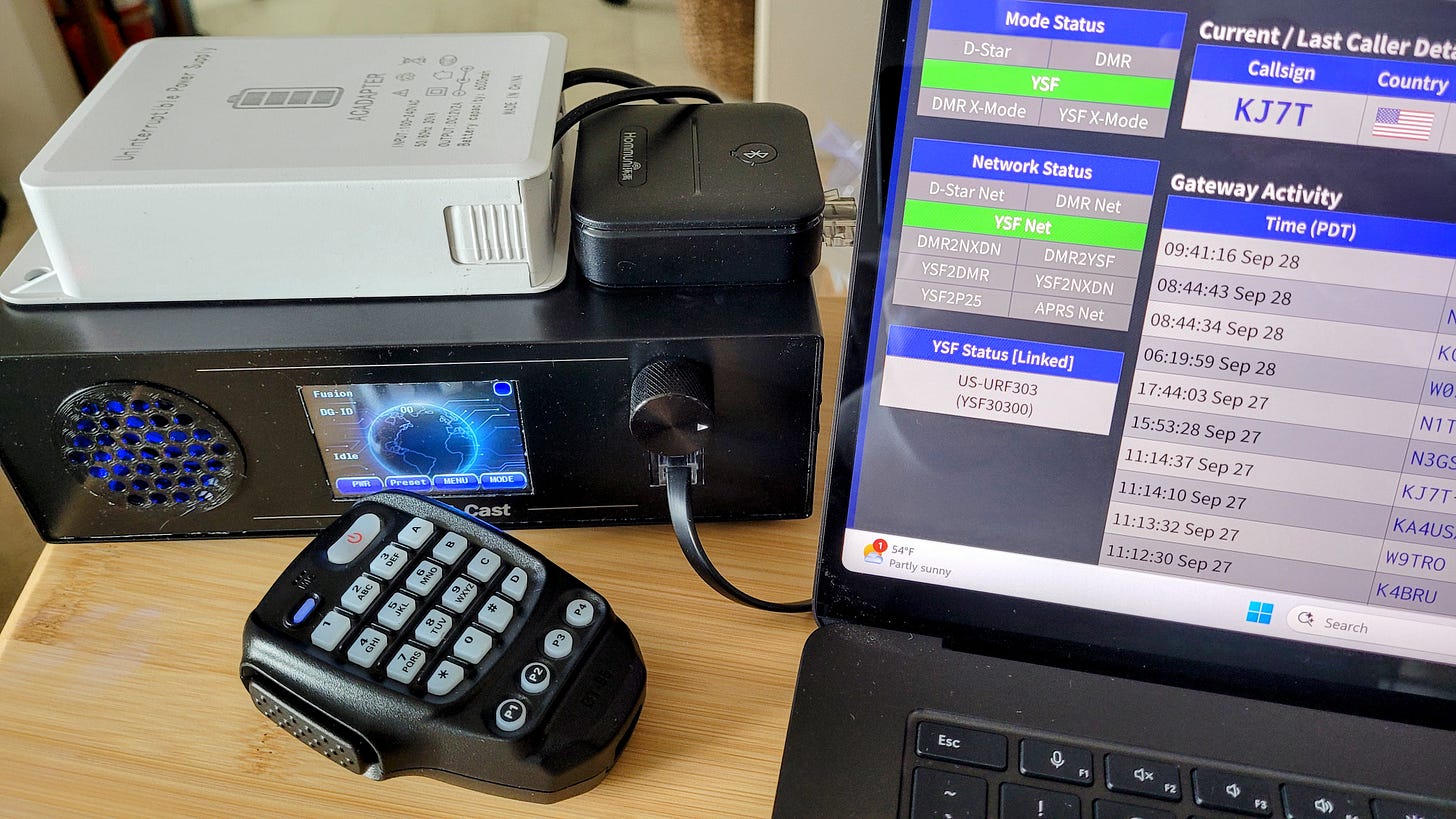
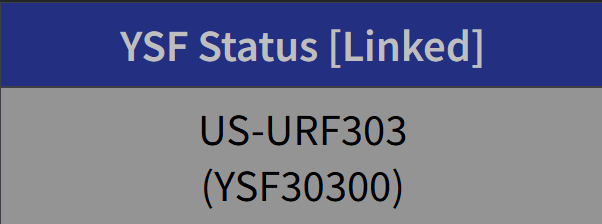
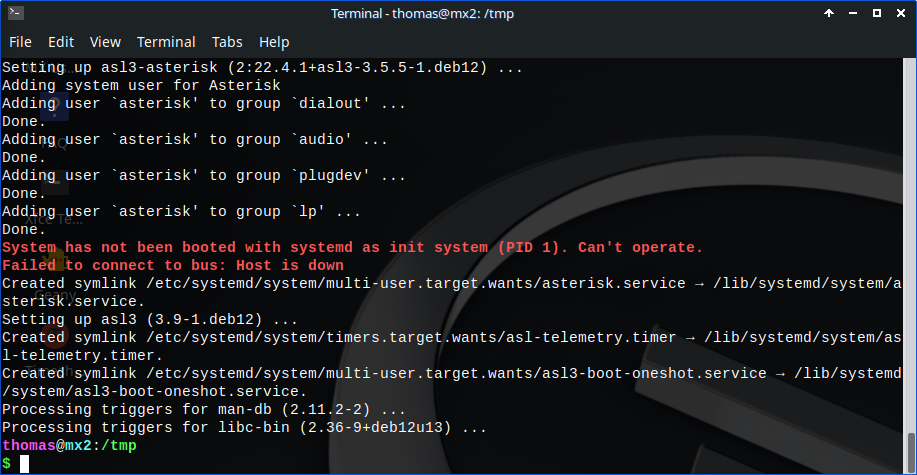
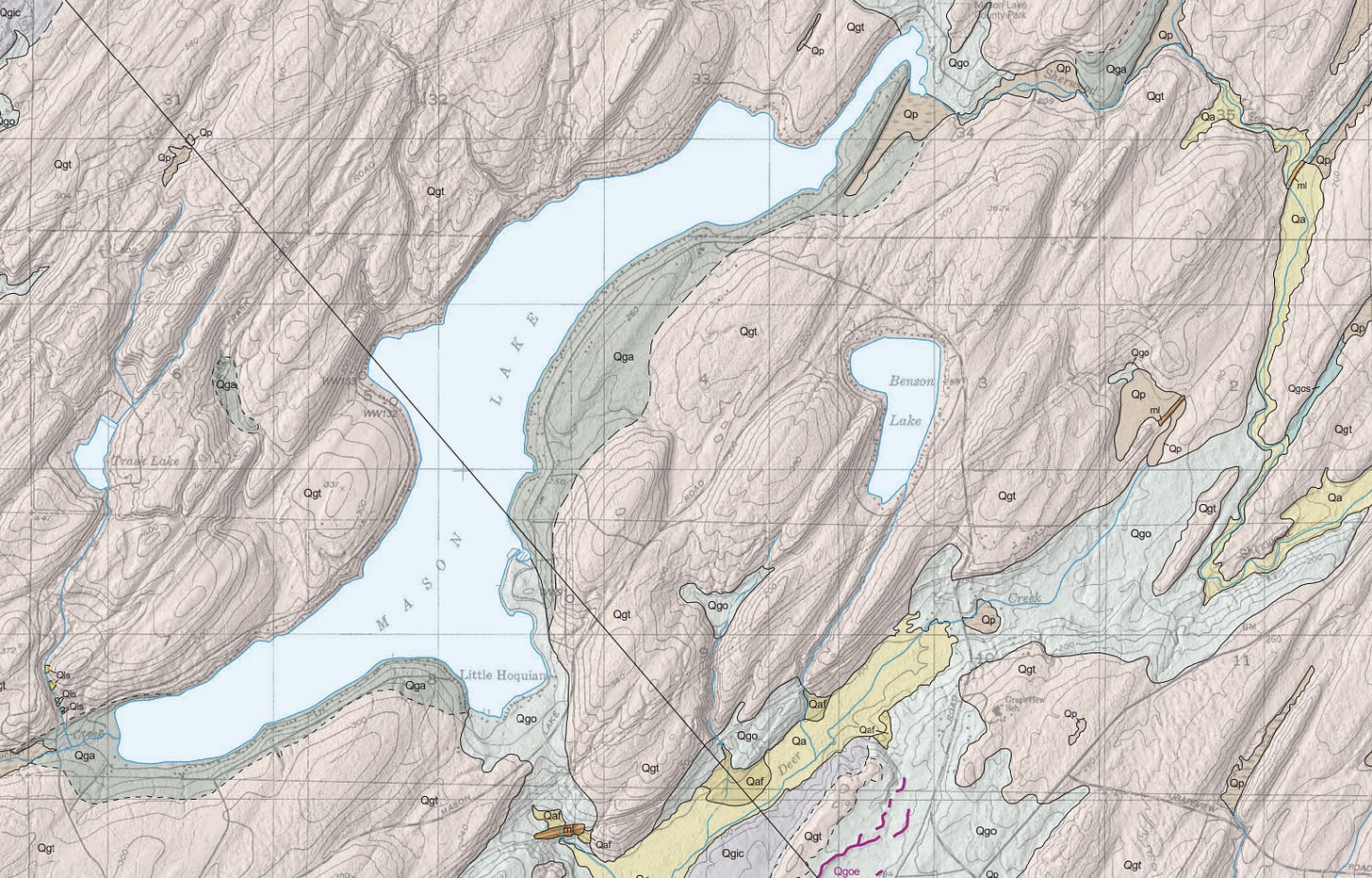
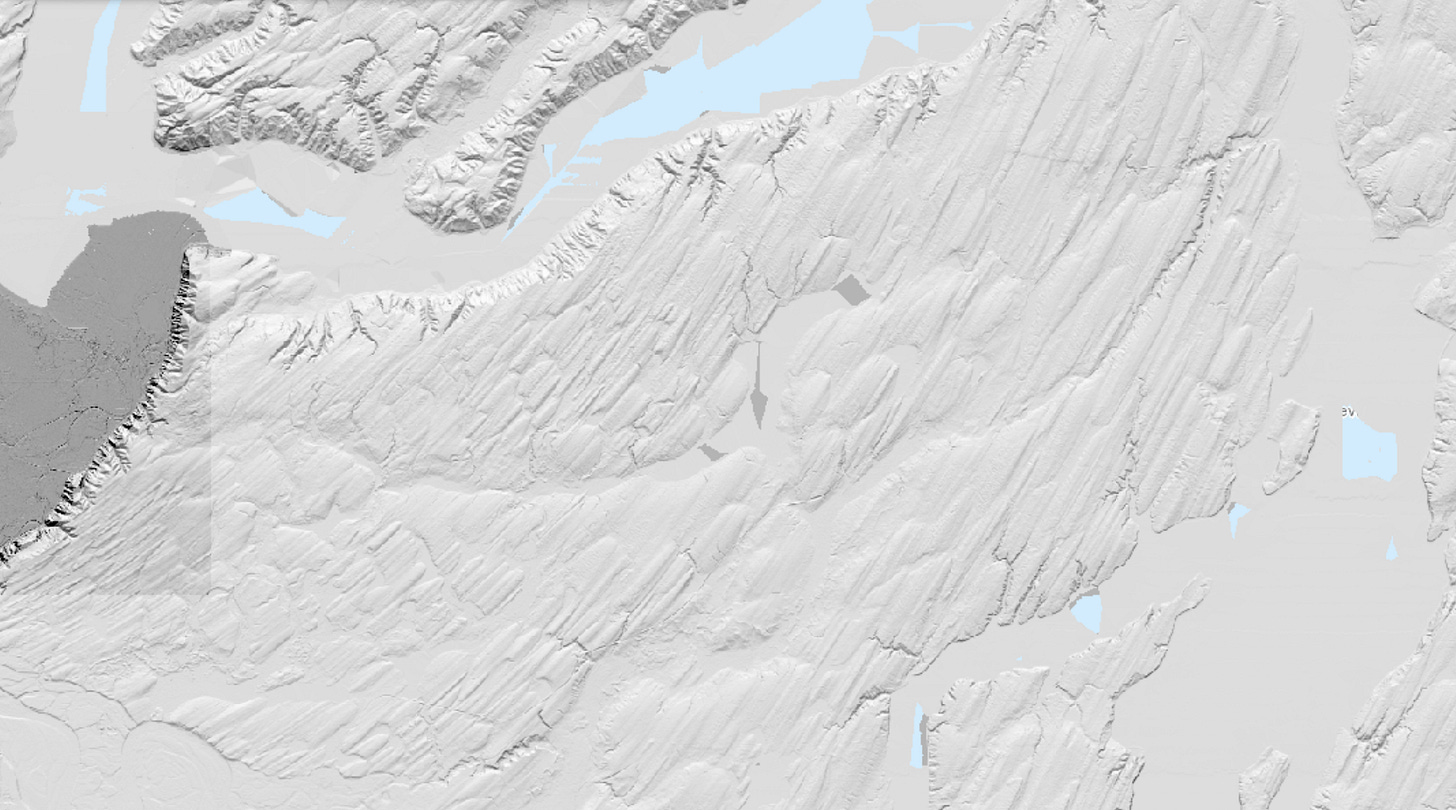
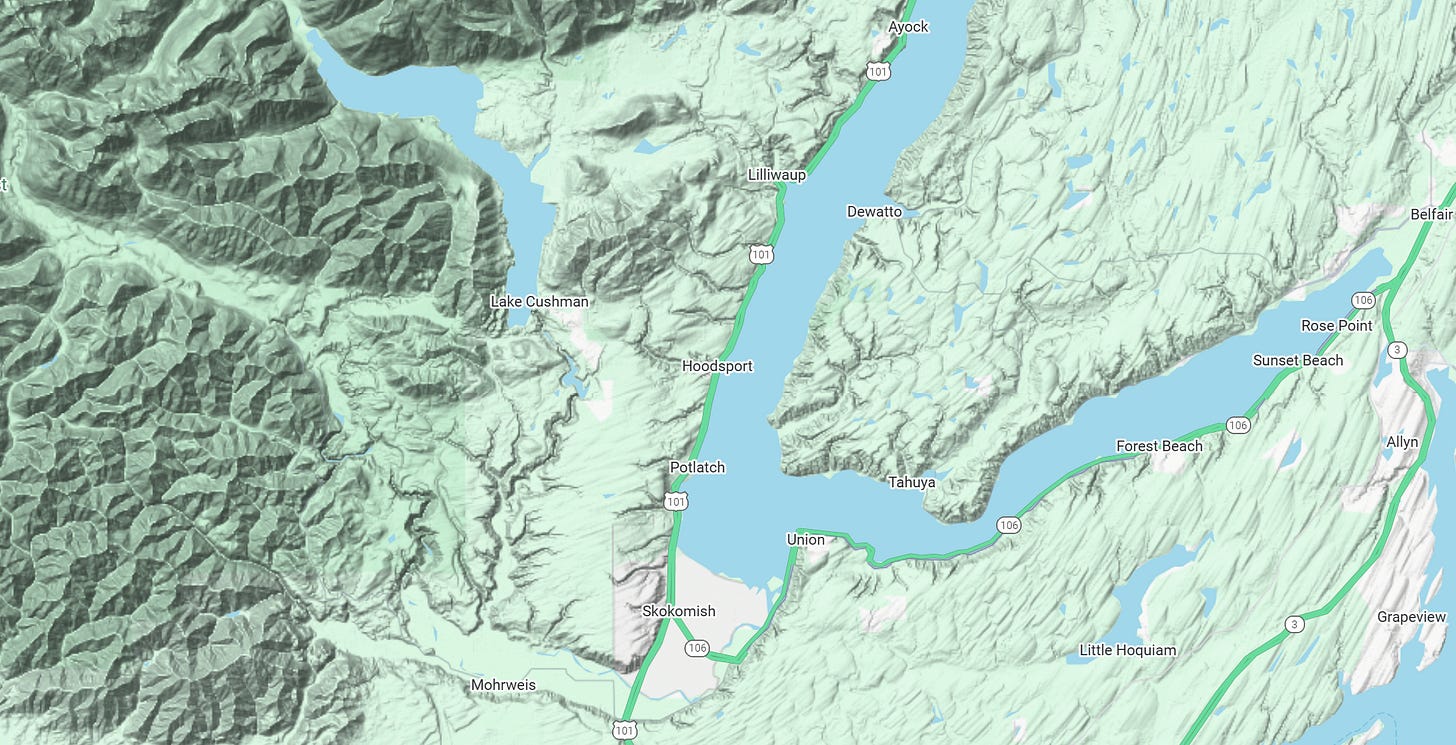

Tom- You wrote:
"Google’s AI response to my query was: The “PWR” button on the DVMEGA Cast should only be used as a last resort, as it is a hard power-off. This is equivalent to unplugging the power and could cause file system corruption.
This is wrong.
The soft screen button "PWR" is nothing more than a way of turning off the screen. You can confirm this by touching "PWR" and turning off the screen.. Then go to the DVMegaCast in your web browser and navigate around the various pages. The screen remains off, yet the DVMC is obviously still alive and kicking. You can use all the software functions other than those that require you to touch the screen.
I still love all your stuff and totally share your position: All radio is fun and I like to play with it all.
73 de K3FZT / Steve
Oh boy. “(Looks like I need to learn a little more about the philosophical differences between the systemd camp and the init camp!)” You really, really, don’t - unless you want to give up the will to live. I lived through those wars for a while at the start and have now pretty well managed to clean my memory. Just stick to a distro that uses systemd. To do otherwise is just a world of pain in 2025 IMO.